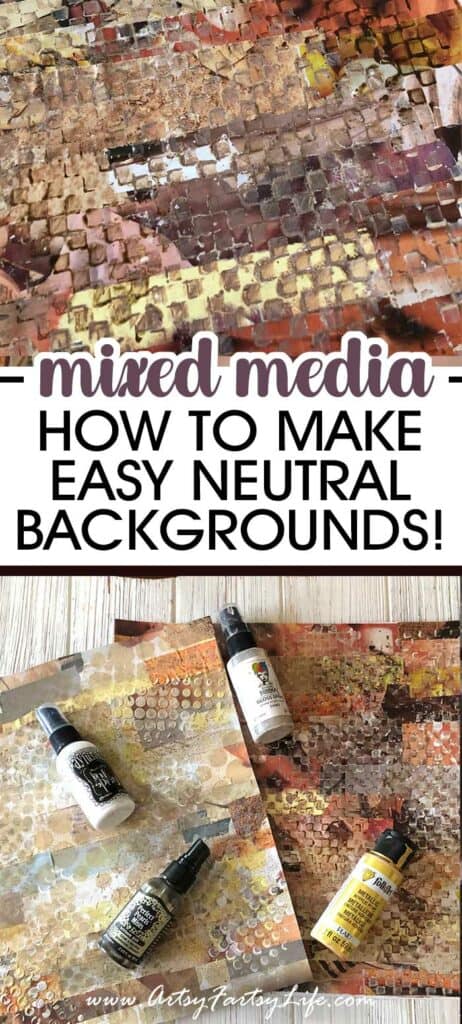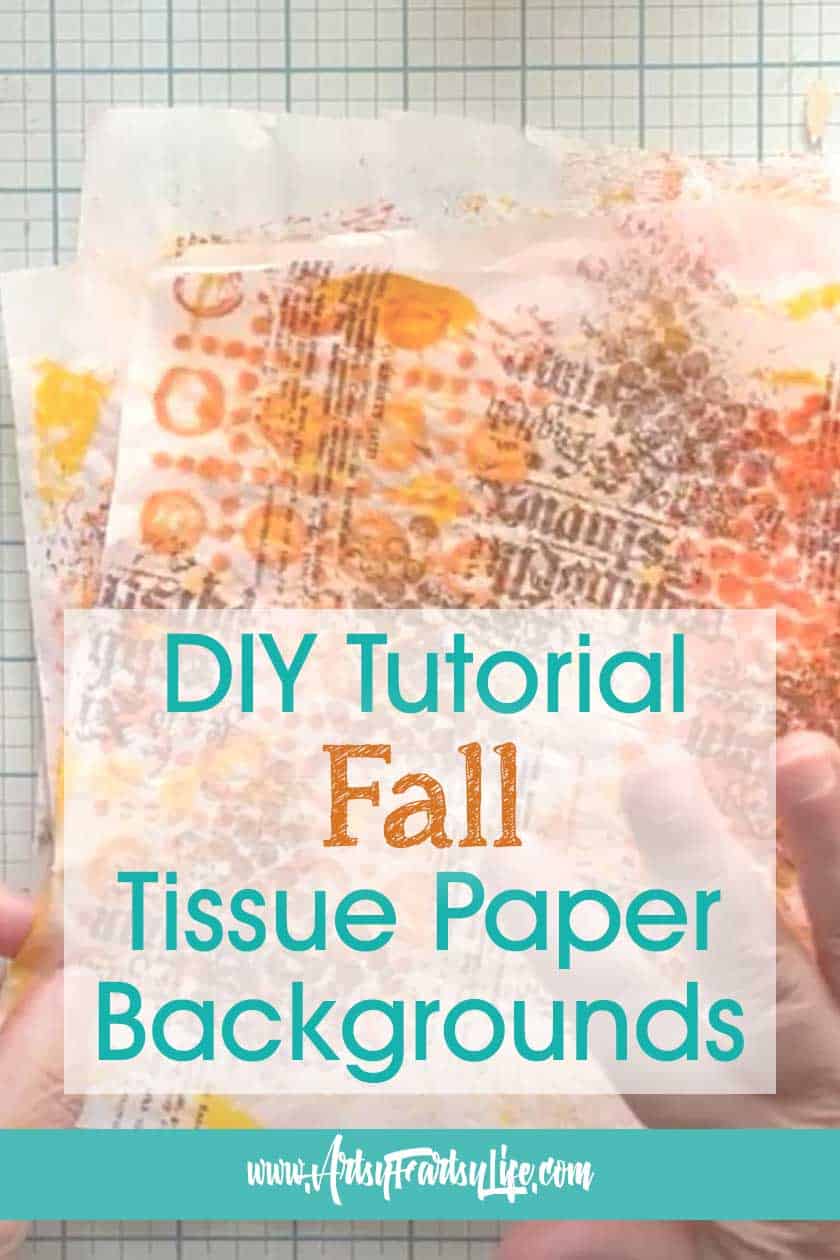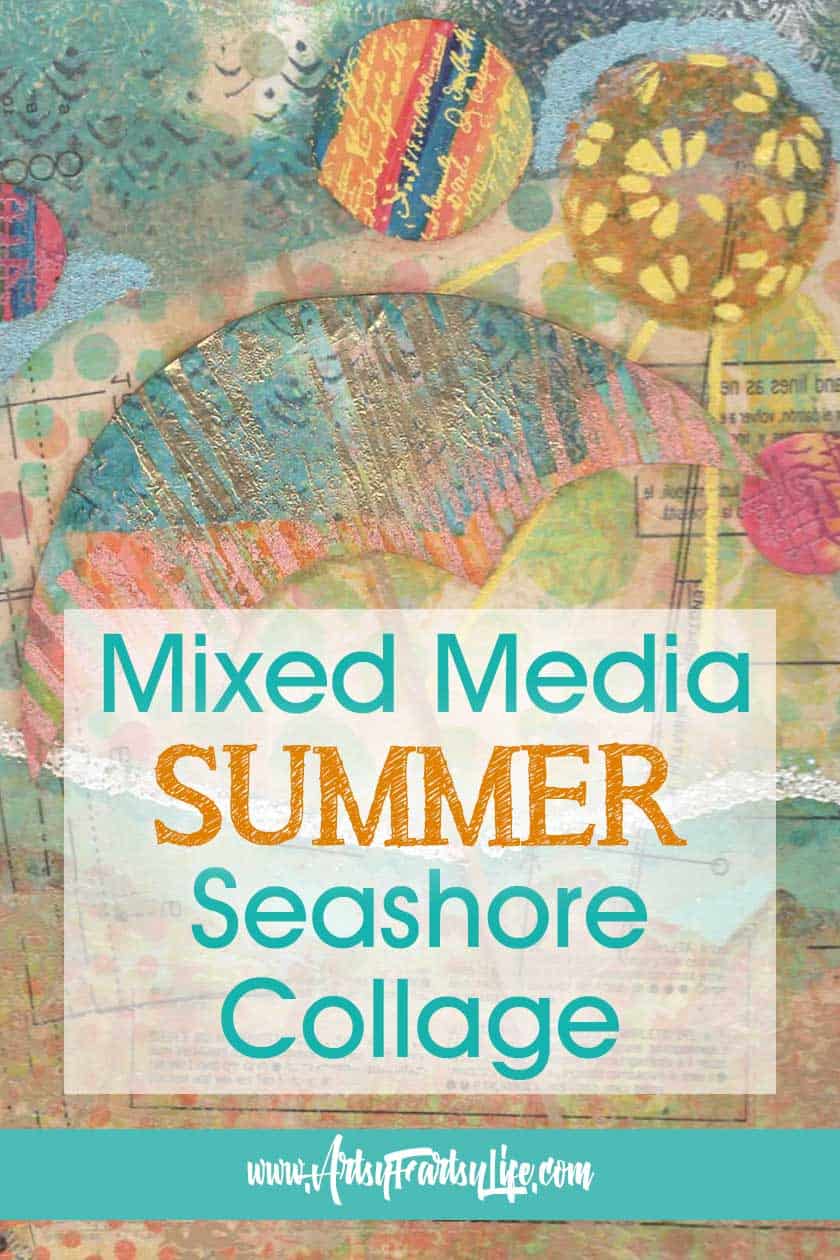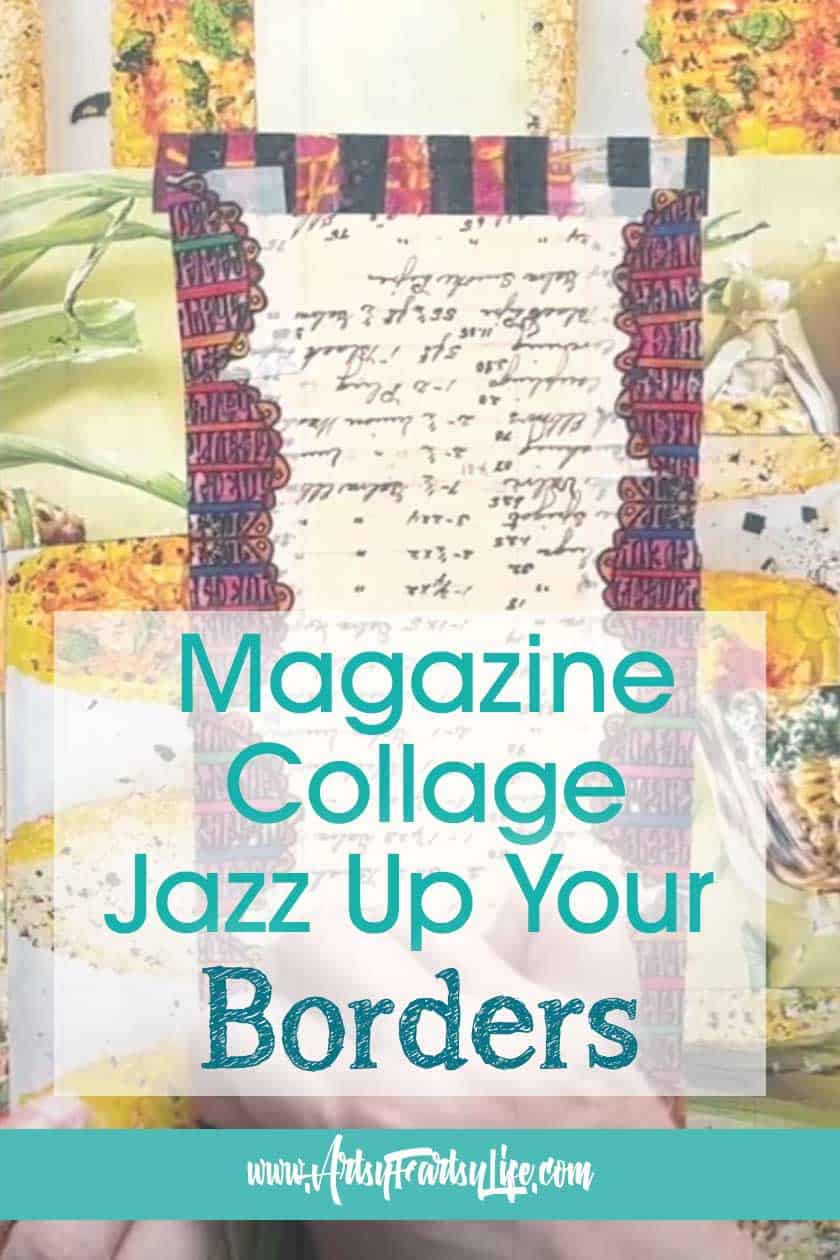Today I am going to show you how to use magazine pages and acrylic paint or texture paste to make stunning, neutral backgrounds for your mixed media artwork! The background can be used for various art projects like artwork, tags, or as a base for other creations.

Why I Wrote This Post
I am a magazine nerd... there I said it! I love doing magazine collage and so I often have offcuts of pieces of magazine paper that is super cool, but not good enough to make borders from.
So I collect them for a while and then when I have enough I will use them and some easy techniques like paint or texture paste through a stencil!
As a collage mixed media artist, this is one of the ways to make and have creative backgrounds to use on days that I am not feeling so inspired to make a background from scratch!
Neutral Backgrounds For Mixed Media Video
Selecting Magazine Pages
What you want to do is find neutral colored papers in the magazines, pages with minimal color and not too much texture are preferred.
You want to find pages that subtle movements and colors that blend well. For this process contrast will mess you up bad (see if you can spot the dark purple with pink numbers that pops off the page because there is contrast between the foreground and background colors!)
Preparing the Pages
Once you have a fair bit of colored pages, you will start making strips of them. They can be big strips or small strips or a mix of both!
You are aiming to have enough strips to cover at least a page or two of your normal sized paper. I tend to work on 9"X12" mixed media paper so I know I need enough strips to cover that area!

I use two methods for preparing the pages: cutting for clean edges and tearing against a steel ruler for raggedy edges. This really depends on your style... I like a bit of mess and texture, but for sure you could use straight cut edges!
The goal is to create a variety of strips in different lengths and widths, all in neutral tones.
Arranging the Strips
I started by laying out the strips randomly, avoiding any specific order to maintain a natural look.
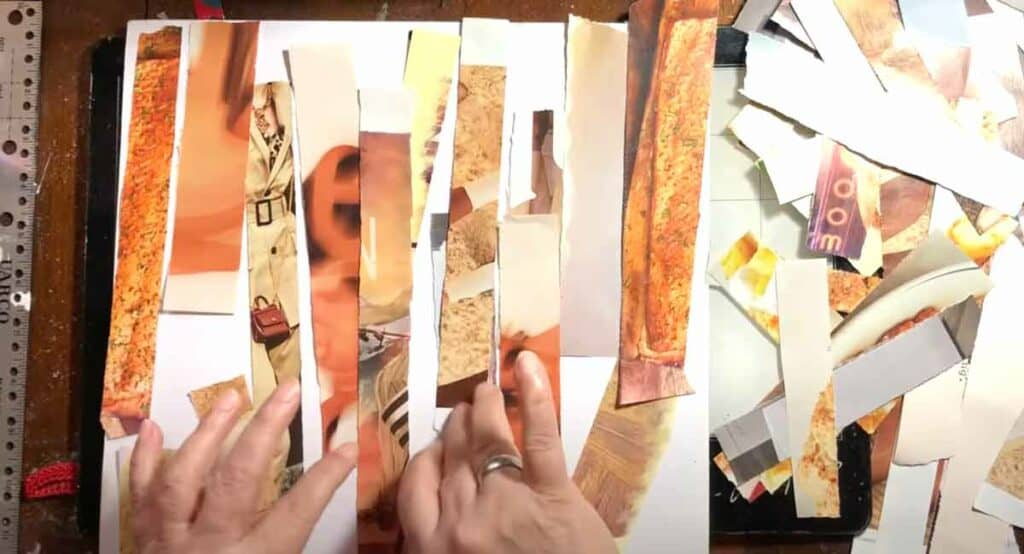
Definitely taking the time to dry fit them this way will keep you from having weird spots that pop out and ruin your neutral look!
Gluing the Strips
The gluing process involved using a glue stick and ensuring the pieces were staggered, not forming any straight lines or patterns.

I aimed for a balanced mix of different shades and textures to create an interesting yet neutral background.
Adding A Barrier Layer of Mod Podge
This is an optional step, but I did put a layer of Mod Podge (which is a sealant) down before I added the texture and color. You could also use gel or matte medium if you have that in your craft room!

The great thing is that once this layer dries you will have a great base that will withstand the moisture from the paint or the weight of the texture paste.
The bad thing is that because the magazine paper is so thin you might get some wrinkling in the paper as you can see on both of these backgrounds.
Adding Texture and Color
The last step is to add texture and color! I used a mix of different mediums like Dina Wakley Gloss Sprays, Amsterdam Paints and texture paste through a stencil.
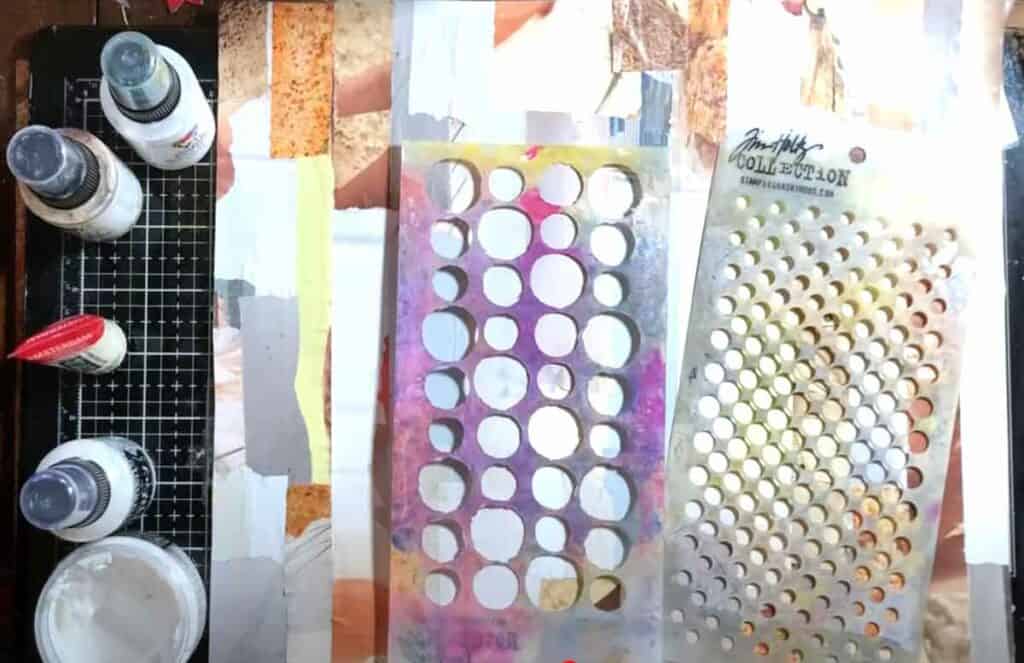
Usually I am super loosey goosey about things, but I do think that using a plain repeating kind of stencil works the best for this neutral background project.
If you were to use a stencil with a distinct pattern to it, you might take away from the neutrality of this as a background piece.
Creating A Neutral Mixed Media Background Wrapup
The process for making magazine collage backgrounds is super flexible and a great way to use up leftover magazine pages! You can make adjustments based on your desired outcome like the amount of texture background or different paint colors.
You can even create different variations, like a darker or lighter neutral background. I did shades of brown but you could make a black background, white background or gray background too!
I love that these are made from super simple materials that would normally be thrown out, but with a little bit of creativity become a great base for your next art journal page!
